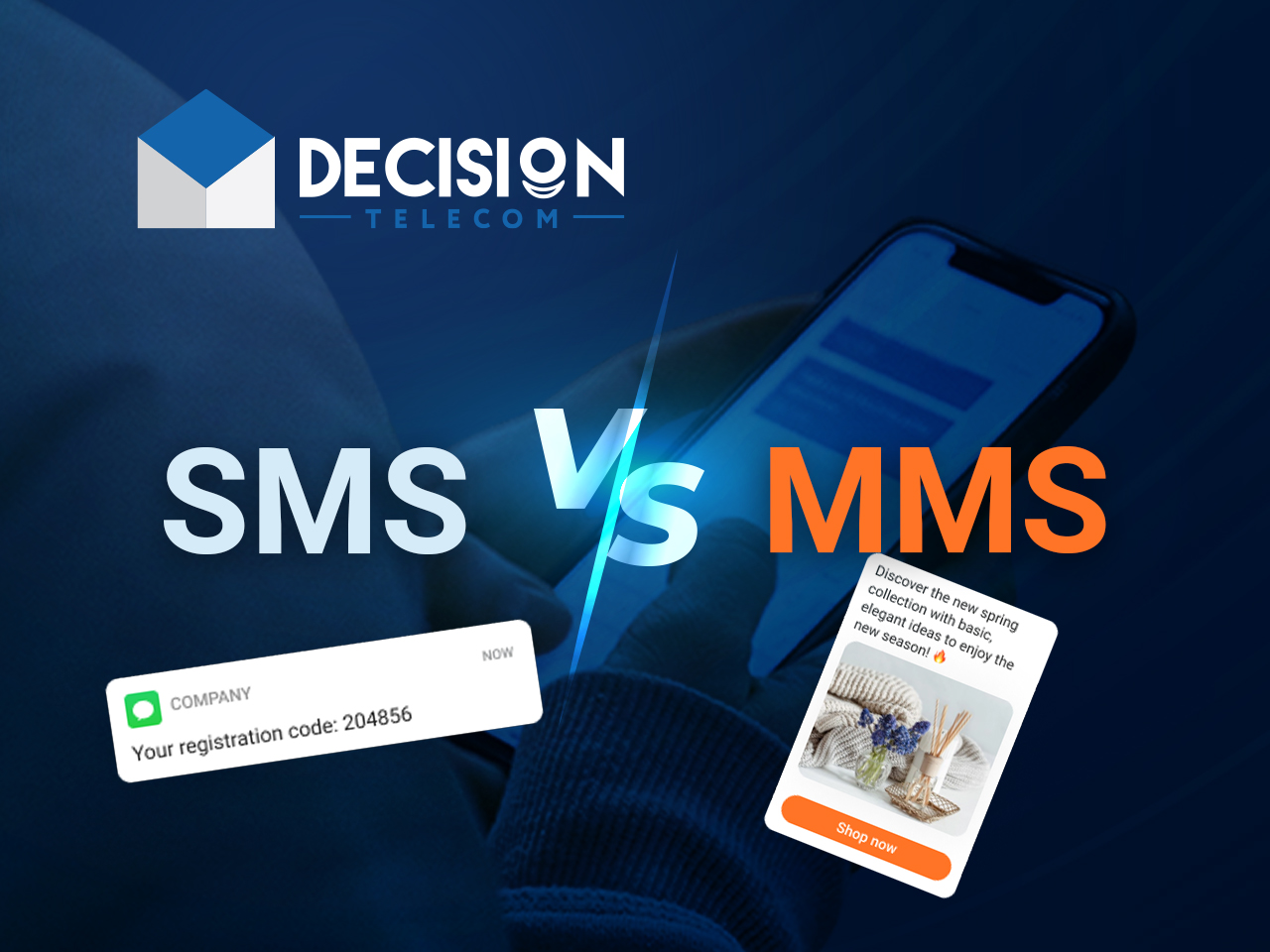MMS video has become a significant aspect of modern communication, particularly with the rise of smartphones and instant messaging. As technology continues to evolve, so does the way we share information, memories, and experiences. MMS, or Multimedia Messaging Service, allows users to send not only text messages but also images, audio files, and videos to one another seamlessly. This flexibility makes it an attractive option for those looking to convey emotions or share moments with friends and family.
In today's digital age, the popularity of MMS video sharing has skyrocketed. The convenience of sending a short clip or an engaging video message has transformed the way we connect with others. With just a few taps on our smartphones, we can create and send personalized videos that capture our thoughts, feelings, and experiences. As such, understanding the nuances of MMS video can enhance our communication and help us make the most of this innovative technology.
However, as with any technology, there are potential pitfalls and considerations to keep in mind when using MMS video. Privacy concerns, data usage, and compatibility issues can all impact the experience of sharing videos through MMS. Therefore, it’s essential to be informed about the best practices and guidelines for utilizing MMS video effectively. In this article, we will explore the ins and outs of MMS video, addressing common questions, tips for usage, and the evolving landscape of digital communication.
What is MMS Video?
MMS video refers to the ability to send and receive video clips via the Multimedia Messaging Service. Unlike traditional text messaging, which is limited to plain text, MMS allows users to enrich their messages with multimedia content, including videos. This feature has become increasingly popular, especially among younger generations who rely heavily on visual communication.
How Does MMS Video Work?
The process of sending an MMS video is relatively straightforward. When a user wants to share a video, they can select the desired clip from their device's gallery or record a new one. The video is then attached to the message, and the user can add a text message if desired. Once sent, the recipient receives the video in their messaging app, allowing them to view it directly on their device.
What Are the Benefits of Using MMS Video?
- Enhanced Communication: MMS videos allow for more expressive communication, conveying emotions and sentiments that may be lost in text alone.
- Convenience: Sending a video is quick and easy, making it a practical choice for sharing moments on the go.
- Personal Touch: A personalized video message can feel more intimate and thoughtful than a standard text message.
- Accessibility: Most smartphones support MMS, making it widely accessible for users regardless of their device brand.
Are There Any Limitations to MMS Video?
While MMS video offers many advantages, it does come with certain limitations. Some of the most common issues include:
- File Size Restrictions: Many carriers impose limits on the size of files that can be sent via MMS, often capping video lengths.
- Data Charges: Sending MMS messages may incur data charges, depending on the user's mobile plan.
- Compatibility Issues: Not all devices or messaging apps support MMS, which can limit the reach of shared videos.
How to Create Engaging MMS Videos?
Creating an engaging MMS video involves several key elements:
- Keep It Short: Aim for brevity, as shorter videos tend to resonate better with viewers.
- Focus on Quality: Ensure good lighting and sound quality to enhance the viewing experience.
- Be Creative: Use fun filters, effects, and editing tools to make your video stand out.
- Add a Personal Touch: Incorporate personal messages or anecdotes to connect with your audience.
What Role Does MMS Video Play in Social Media?
MMS videos have found their way into the realm of social media, where users often share multimedia content to engage their followers. Platforms like Instagram and Snapchat have capitalized on the popularity of short video clips, encouraging users to share their lives through video storytelling. MMS can serve as a bridge between personal communication and social media sharing, allowing users to seamlessly transition their experiences from one platform to another.
How to Share MMS Videos on Social Media?
Sharing an MMS video on social media is a simple process. Users can follow these steps:
- Record or Select a Video: Choose a video that you want to share.
- Send via MMS: Send the video to yourself via MMS.
- Download the Video: Save the received video to your device.
- Upload to Social Media: Post the video on your preferred social media platform.
Conclusion: Embracing the Future of MMS Video
In conclusion, MMS video is transforming the way we communicate in an increasingly digital world. By understanding its functionality, benefits, and limitations, users can leverage this powerful tool to enhance their connections and share meaningful moments with others. Whether for personal communication or social media engagement, embracing MMS video can enrich our interactions and keep us connected in a fast-paced environment. So, why not explore the creative possibilities of MMS video and discover how it can elevate your communication to new heights?
Exploring The Intriguing World Of Vedang Raina's Relationships
Discovering The World Of AllMoviesHub Download: Your Ultimate Guide
Understanding The Journey: David Jeremiah's Wife Illness

/what-is-sms-mms-iphone-2000247-Final-5c38a50846e0fb0001673a66.png)
